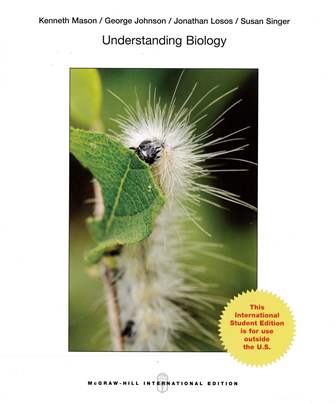書籍分類

Understanding Biology
作者:Kenneth Mason, George Johnson, Jonathan Losos, Susan Singer
原價:NT$ 1,500
ISBN:9789814646475
版次:1
年份:2015
出版商:McGraw-Hill
頁數/規格:1064頁/平裝彩色
版次:1
年份:2015
出版商:McGraw-Hill
頁數/規格:1064頁/平裝彩色
內容介紹 本書特色 目錄
- Description
A concise and engaging biology text for biology majors, Understanding Biology partnered with Connect emphasizes fundamental concepts to help students better understand biology and focus on developing scientific skills.
Condensed chapters are centered on a learning path that serves to connect concepts within a chapter. The learning path begins with learning outcomes, which help students understand the core skills and concepts they should develop. Inquiry and Analysis cases help students build scientific skills, while scaffold end of chapter assessment ensures they not only grasp core concepts, but can also critically analyze and apply what they’ve learned.“Make the Connection,” a synthesis feature that ends every unit, helps students understand the connections between biological concepts, thus helping them “see” the big picture.
分類位置:
理工 > 生命科學 > 生物學


